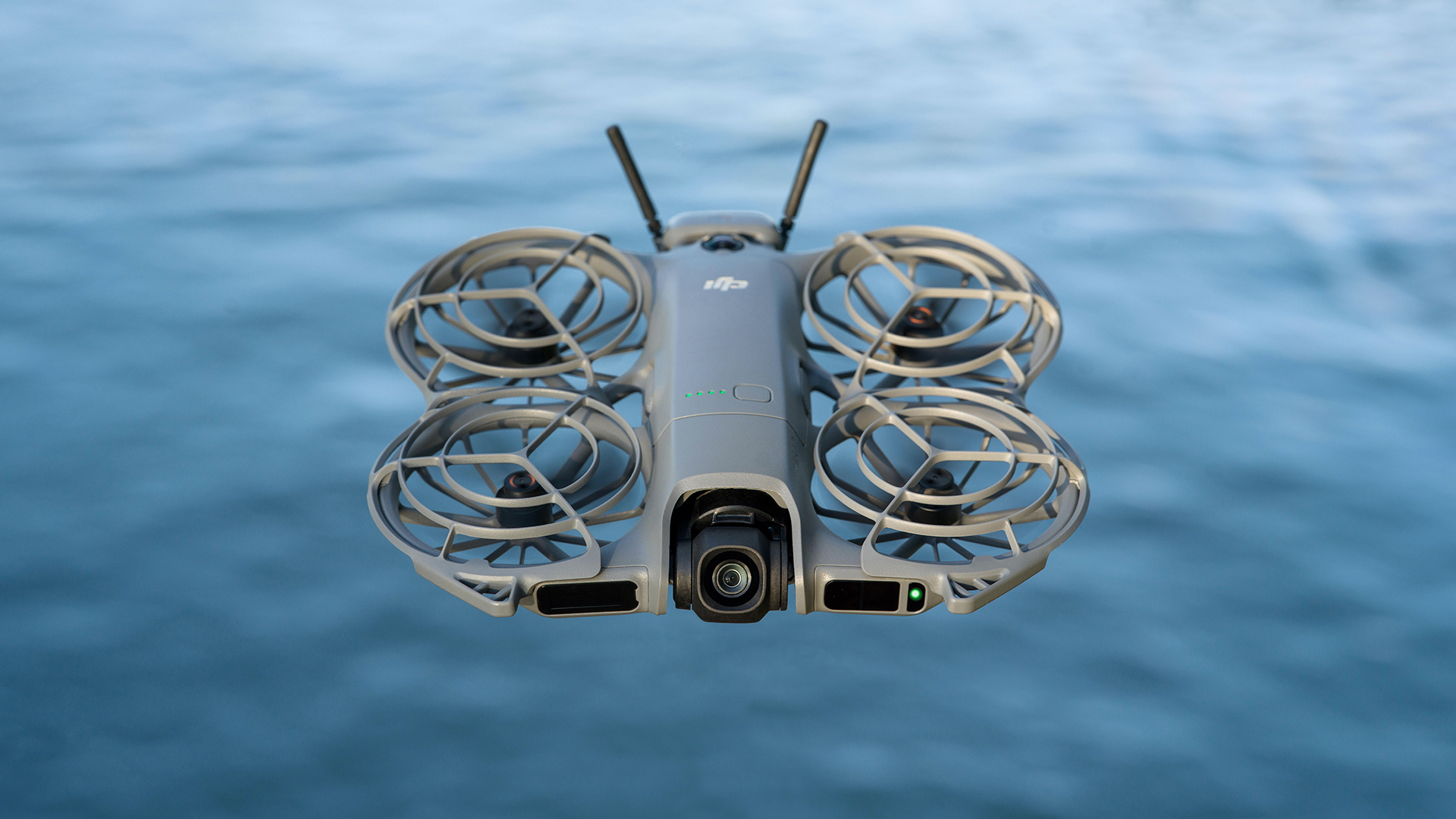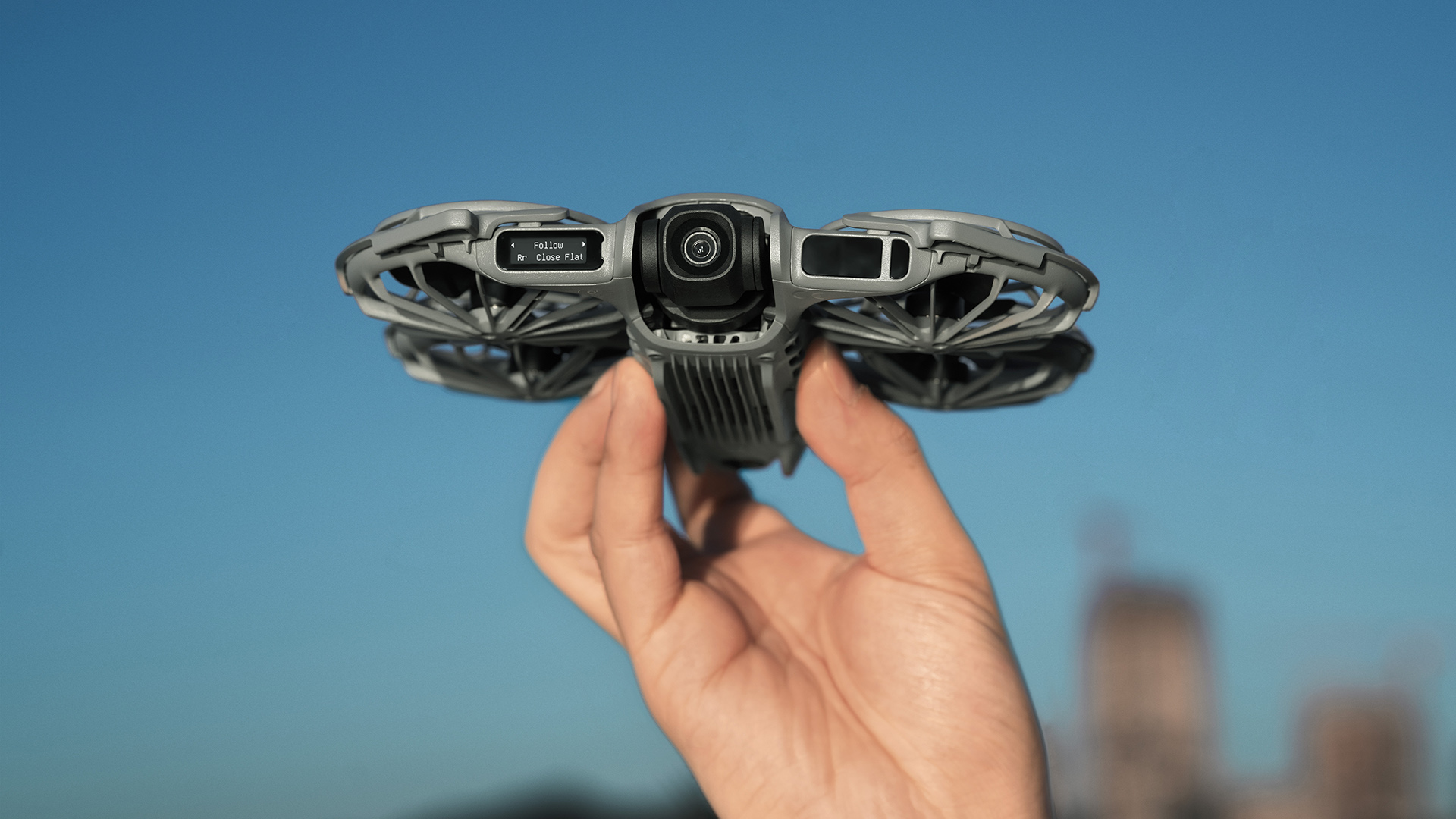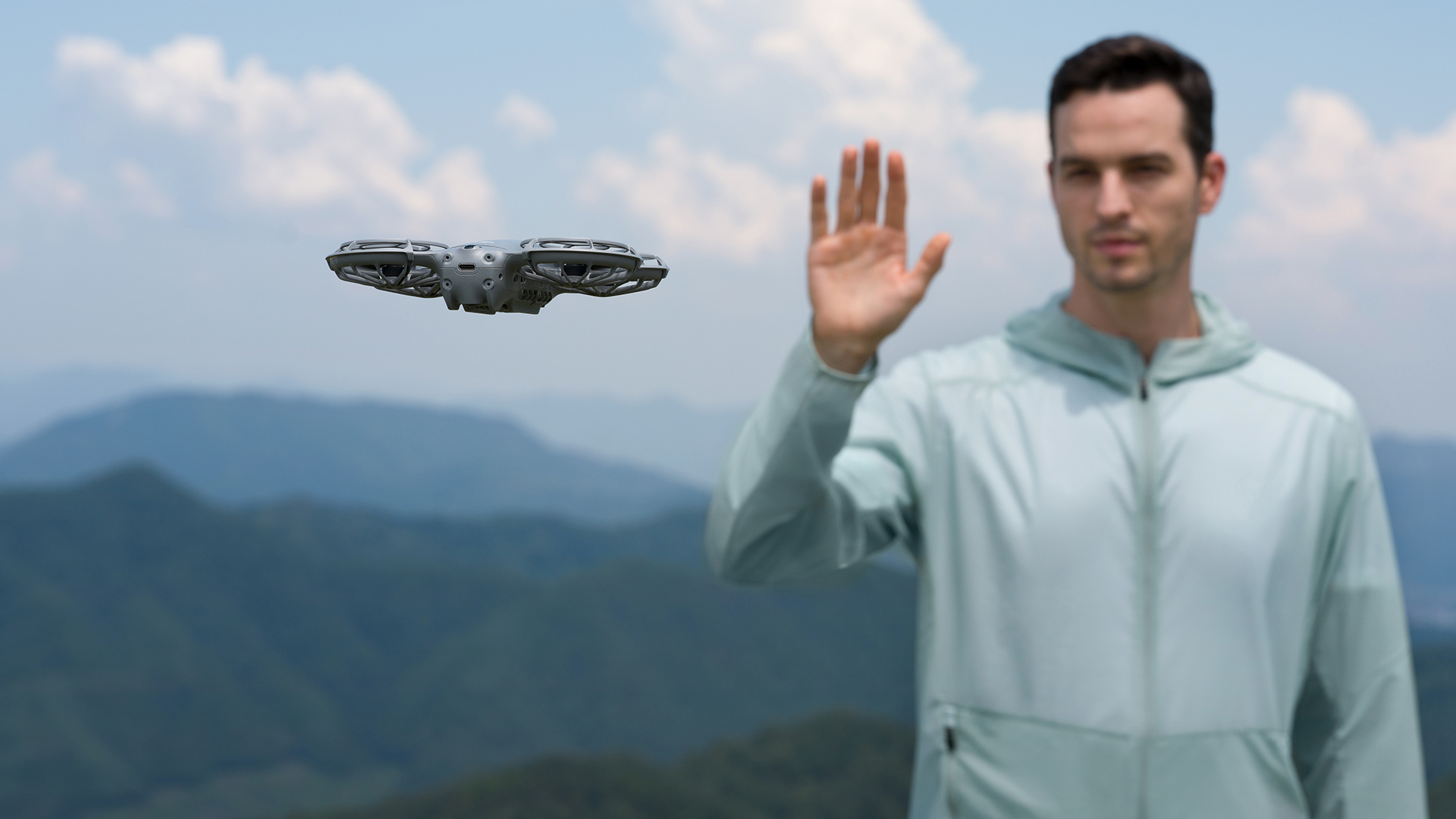DJI Neo 2 makes big camera and safety leaps as rollout begins in China
The pint-sized Neo gets a big overhaul with sharper 4K video, LiDAR-assisted obstacle detection, and modular connectivity


DJI has quietly launched the Neo 2, the follow-up to its smallest and most approachable drone, first landing in China with a global release expected soon.
The move mirrors how DJI handled the rollout of its ROMO cleaning robot, which debuted regionally before expanding to international markets, a staggered strategy that’s becoming increasingly common for the Shenzhen-based brand.
The original DJI Neo, which was released just over a year ago, was designed as a lightweight entry point into drone photography.
The new Neo 2 blurs the line between toy-sized drones and DJI’s more serious camera platforms, such as the DJI Mini 4 Pro.
It packs a larger 1/2-inch sensor and now records 4K video at up to 60 frames per second, bringing it closer to the image quality of the Mini series.
A new dual-axis mechanical gimbal helps stabilise footage even in breezy conditions, while DJI’s image-processing algorithms add more detail and better dynamic range.
Sharper vision, safer flight
Flight stability has been enhanced across the board. The Neo 2 can now withstand winds of up to 24 mph and maintain smoother tracking in follow modes.
Get all the latest news, reviews, deals and buying guides on gorgeous tech, home and active products from the T3 experts
DJI also fitted the drone with a new LiDAR (!) and infrared-based obstacle avoidance system, giving it near-omnidirectional awareness.
That’s a major upgrade from the single-direction sensor of the original model and one that should make it much harder to crash in tight urban or indoor spaces.

Battery life is rated for around 19 minutes on a single charge, a small but useful bump that extends creative shooting windows.
The propellers have been redesigned for quieter operation, and a new LED display on the body offers quick-glance flight and connection info.
Connected thinking
Connectivity is more flexible, too. Out of the box, the Neo 2 uses Wi-Fi for short-range flights and quick social-media uploads, but it’s also compatible with DJI’s modular O4 transmission system.
Add the optional module, and you unlock extended range, lower latency, and access to the brand’s controllers and FPV gear, a feature previously reserved for higher-end drones.

Weighing just 151 grams, the Neo 2 remains well under the 250 g limit that keeps drone registration simple in most regions.
In China, it’s priced from ¥1,499 (roughly £209 / €239 / US$211).
European retailers list 13 November as a potential release date, although DJI hasn’t yet confirmed global availability.
Head over to DJI to find out more.

Matt Kollat is a journalist and content creator who works for T3.com and its magazine counterpart as an Active Editor. His areas of expertise include wearables, drones, fitness equipment, nutrition and outdoor gear. He joined T3 in 2019. His byline appears in several publications, including Techradar and Fit&Well, and more. Matt also collaborated with other content creators (e.g. Garage Gym Reviews) and judged many awards, such as the European Specialist Sports Nutrition Alliance's ESSNawards. When he isn't working out, running or cycling, you'll find him roaming the countryside and trying out new podcasting and content creation equipment.
You must confirm your public display name before commenting
Please logout and then login again, you will then be prompted to enter your display name.